Have you ever seen a tall, slender faucet looking contraption on a farm or at a community garden and wondered, what is that? Well, that my friend is a yard hydrant. Yard hydrants are a non-freeze valve that helps to provide water all year round. Yard hydrants are typically used to supply water in areas that have limited access. These are especially great for those of you who live in colder climates as they are frost-proof.
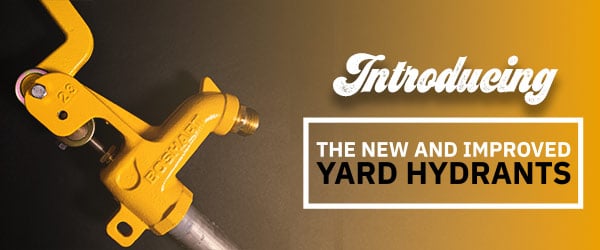
Have you seen that Boshart recently re-designed our yard hydrants? We kept all of the same great features that customers loved before, and we even made some upgrades that have made maintenance easier. To learn more head over to https://boshart.com/yard-hydrants/
While they may seem complex, yard hydrants are a very simple product. There is a handle on the head that controls the operation. To start the flow of water, simply lift the handle up. To stop the flow, you would lower the handle back down. Leftover water is drained from the standpipe through a drain port in the valve body that is buried below the frost line. This ensures that there is no water left in the pipe that can freeze during the fall and winter months.
Three phases of a yard hydrant operation
- OPEN “Water On”
- CLOSED “Water Draining”
- CLOSED “Water Fully Drained”
1. OPEN – Water On
When the hydrant handle is raised, the connection rod lifts the plunger off of the valve seat in the valve body. The raised plunger closes the drain port and opens the valve port. This allows the water to flow up through the port, around the plunger, through the two flow channels, up the standpipe, and out the discharge spout.
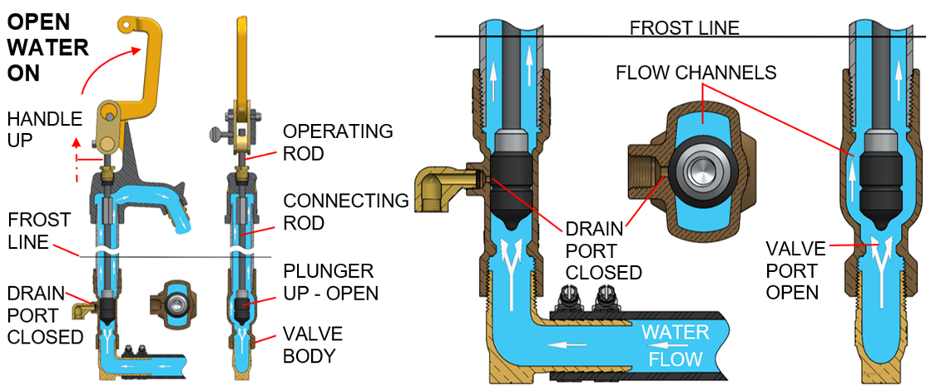
2. CLOSED- Water Off & Draining
When the hydrant handle is closed, the connecting rod lowers the plunger against the valve body seat. This stops water from the service line and opens the drain port. By doing this, it allows the water in the standpipe to drain back down.
It is important to note that for proper draining to occur, air must be able to enter in through the spout. Attaching a hose or something similar will prevent air from getting in and therefore, stopping the draining process. For this reason, a hose should never be left attached when freezing temperatures could occur.

3. CLOSED- Water Off & Standpipe Fully Drained
When the standpipe is fully drained all the water above the drain port opening is discharged into the crushed stone drain bed. No water remains above the frost line. Therefore, there is no risk of freezing. The time it takes to fully drain the standpipe is approximately 45 to 60 seconds for a 4 foot bury hydrant.
Common Places to Find A Yard Hydrant
FARMS
One of the most popular uses for yard hydrants is on farms. This is because water is typically needed in many remote locations throughout the entire year. By installing a yard hydrant, you are saving yourself from lugging water from one building to another to provide for your animals.
RURAL RESIDENCES
Another popular place you may find a yard hydrant is on a rural residence. Rural residences typically have larger properties that may have other buildings, gardens, or large portions of lawn. A yard hydrant can easily become an asset due to its ability to provide a water supply year-round.
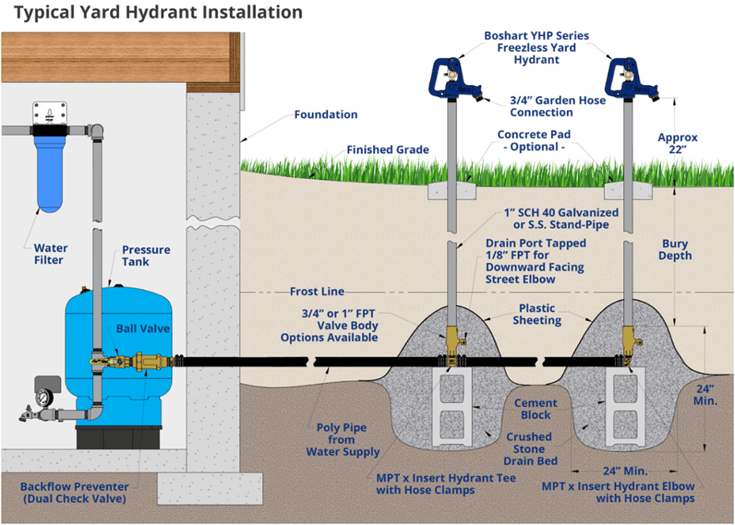
CAMPGROUNDS
Campgrounds are another fantastic place to use yard hydrants. This saves time for people getting water and also increases the serviceable area that you can have.
Conclusion
Yard hydrants are the easiest way to provide running water outside in a variety of applications regardless of the time of year. If you want to learn more about our Yard Hydrants, check out the other articles we have here on BoshartU or head over to Boshart Knowledge Base.
Have further questions about this subject?

Head over to Boshart's Knowledge Base: technical product information, guidelines, and more.


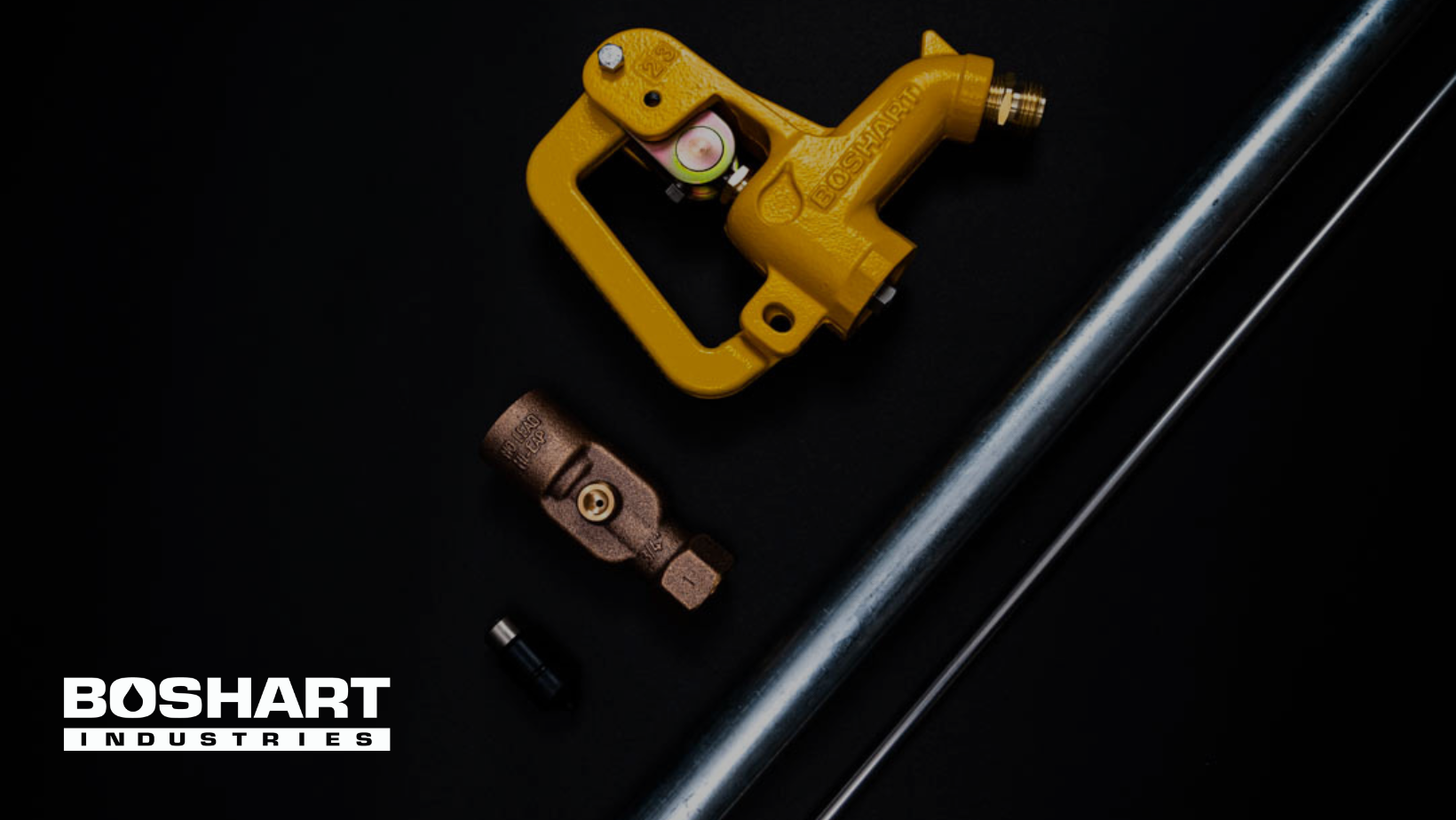
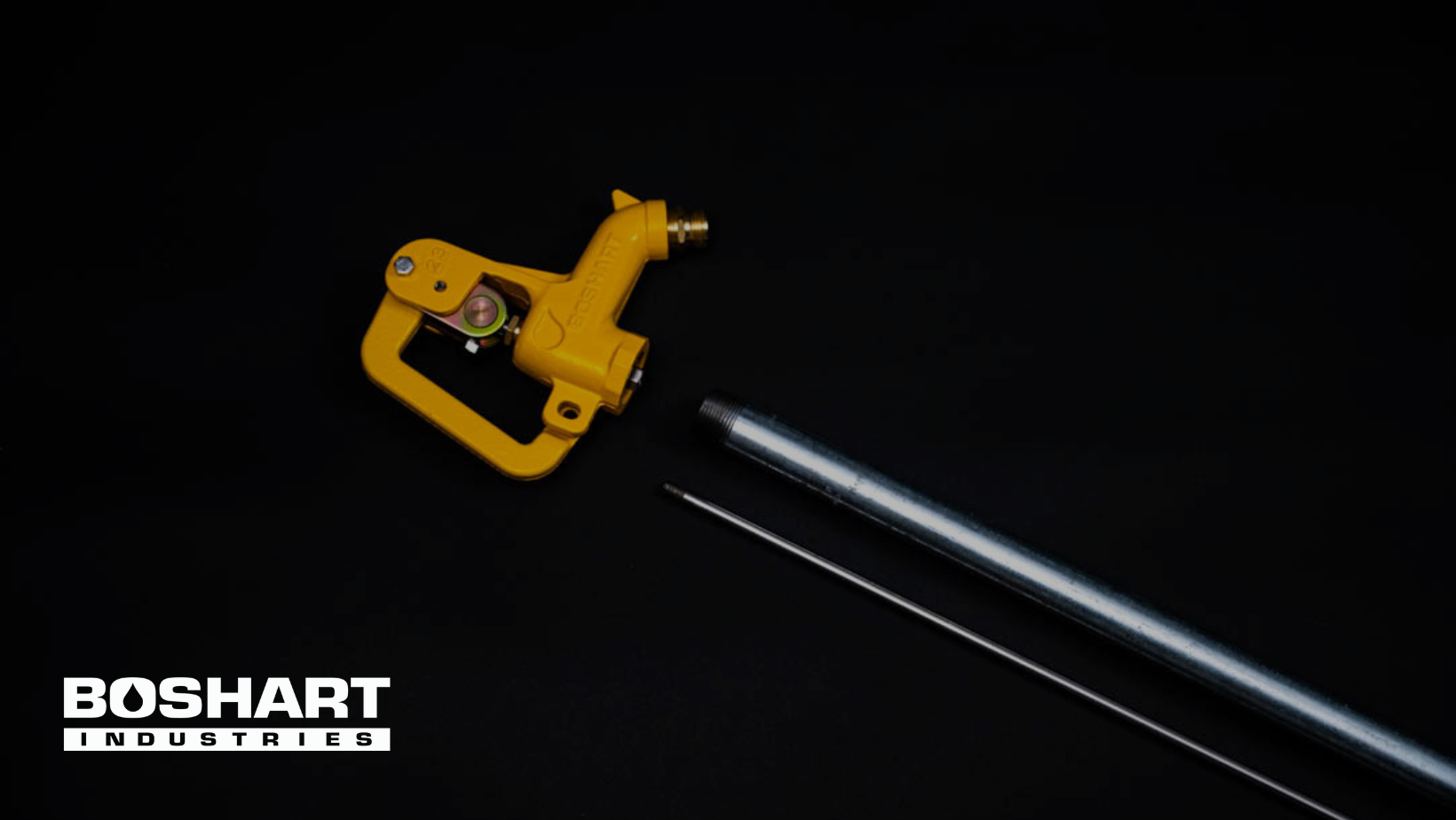
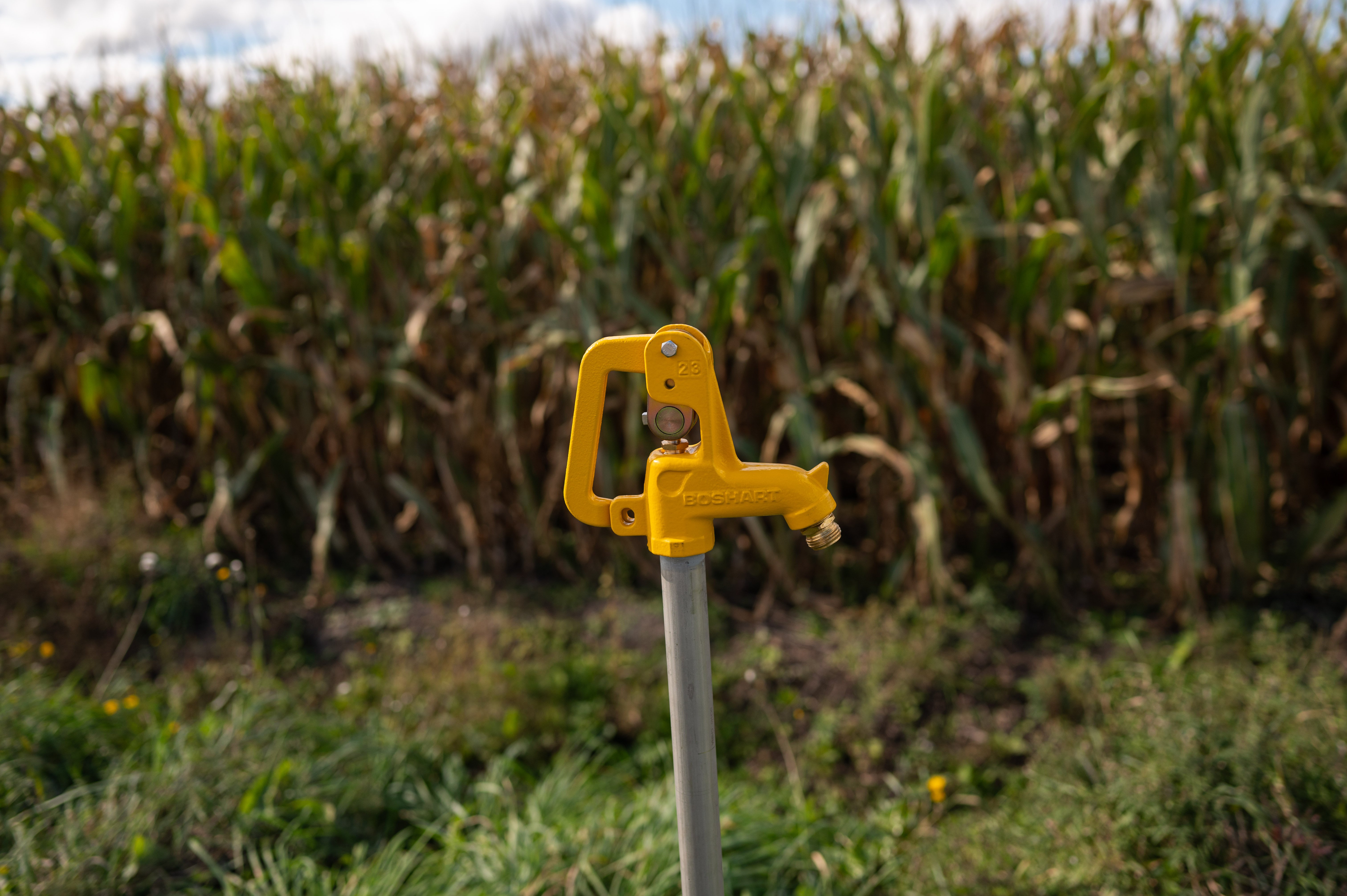
SHARE